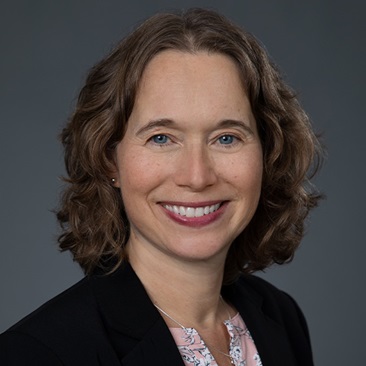Material Hardship and the Living Arrangements of Older Adults
Colleen Heflin, Hannah Patnaik
Journal of Family and Economic Issues, April 2022
This study investigates the extent to which the household living arrangements of older adults influences their experiences of material hardship. Using data from the 2014 Panel of the Survey of Income and Program Participation, we run linear probability models with individual fixed effects to estimate the likelihood that a change in living arrangements predicts a change in food insecurity, housing hardship and utility hardship. Although household living arrangements are associated with reports of material hardship for older adults, individual fixed effect models point to a reduced role for the change in living arrangements on the change in the probability of experiencing material hardship. For older adults, we find that moving into a non-family household increases the risk of housing hardship. This study illustrates how the risk of material hardship related to family living arrangements changes over the life course. We call for increased attention to the risk of material hardship for older adults living alone, those in multigenerational living arrangements, and non-family households.
Related News
Commentary

Apr 3, 2025
Research

Mar 6, 2025
Research

Jan 24, 2025
Commentary

Jan 16, 2025
